HTC's new Oculus Quest competitor can be worn like a pair of glasses
Announced at CES 2023.

What you need to know
- Vive XR Elite is a new standalone VR headset powered by the Qualcomm XR2 chipset.
- It weighs about 150g less and costs $400 less than a Quest Pro.
- The head strap can be swapped out with several options including a large battery for longer play or glasses-like arms for light use.
- Preorders are available now and the headset will begin shipping in late February. Some regions also include free XR games and apps with a preorder.
It's been a long time coming, but HTC took the stage at CES 2023 and announced a proper Meta Quest competitor that the company hopes is its big return to the consumer VR space. Priced at $1,099/£1,299/€1,399, the Vive XR Elite is hundreds less than a Meta Quest Pro and even weighs around 150g less, too.
The Vive XR Elite looks to solve many of the issues folks had with the design of the Meta Quest Pro, including a head strap that's removable and hot-swappable. The default strap looks a bit similar to what's offered on the Pico 4, including the battery mounted to the back of the strap to help offset weight. The Vive XR Elite is also much smaller than even the Pico 4, which itself was much smaller than the Quest 2.
But here's the really cool part: that battery is hot-swappable too, so you can stock up on extra batteries and swap them out during those long VR gaming or social sessions, giving it another huge advantage over the Quest Pro as that headset doesn't offer any kind of interchangeable battery solutions. Even with all these extra batteries attached, the Vive XR Elite only weighs 625g.

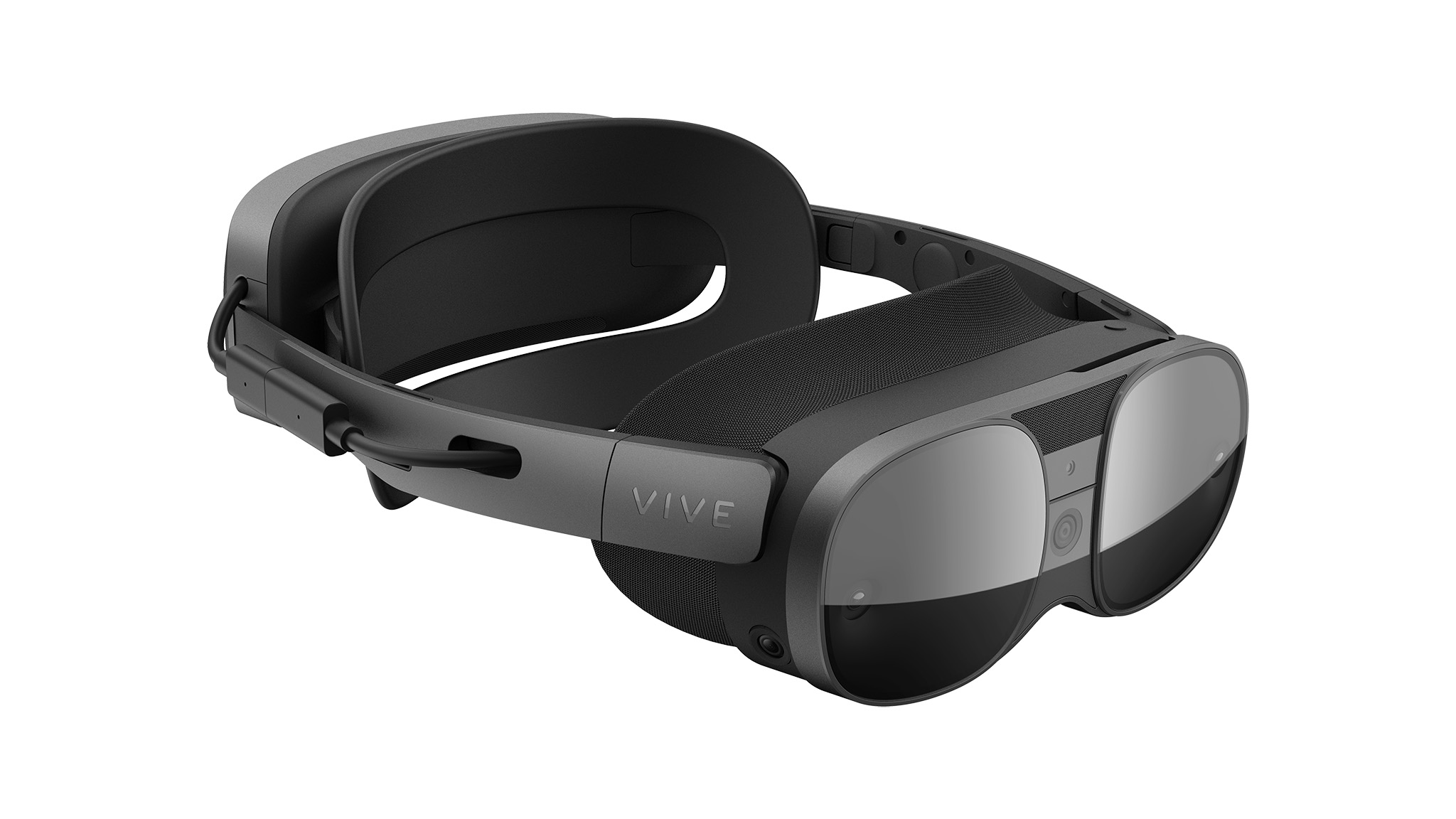
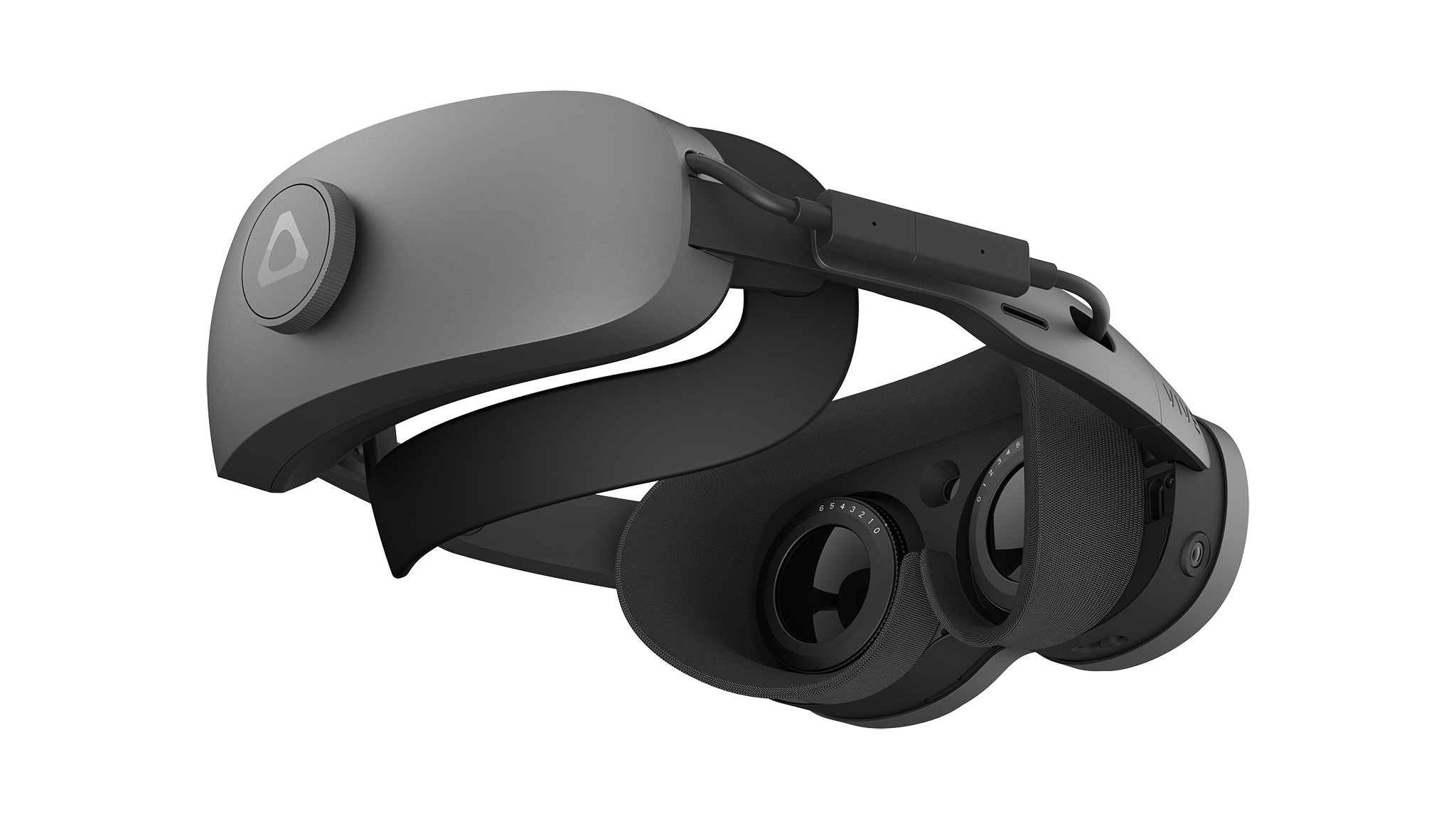

Vive's Dan O’Brien showed the headset to Android Central and revealed another impressive surprise: that head strap can be swapped out for glasses-like arms that hold the headset to your face like a pair of glasses. When using this head strap, the Vive XR Elite only weighs 240g making it by far the lightest VR headset ever made. You can even fold the arms in and store it in a nifty glasses-like case for on-the-go use.
O'Brien says this mode is designed for light XR experiences which could include watching movies, using the mixed-reality features to practice piano, or even working while wearing the headset. HTC plans to launch an official piece of software to interface with computers so you can use the Vive XR Elite to "project" virtual monitors onto your physical space making it an ideal remote work solution.
Vive XR Elite supports hand tracking and the packed-in controllers which are the same controllers that shipped with the Vive Focus 3. HTC says it didn't see a need to swap out these controllers for different technology as they offer a perfect balance between tracking abilities and long battery life. As before, you should get several months' use out of a single charge with these controllers.
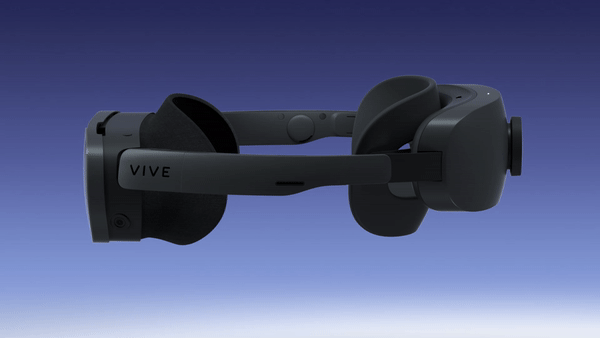
The Vive XR Elite was designed to be a fully modular solution, including the ability to remove and replace (or clean) the face gasket, any pads or other parts of the temple arms, the battery cradle, and any other part of the headset that might rest on your skin.
Get the latest news from Android Central, your trusted companion in the world of Android
In addition to this, HTC is going to be releasing separate face and eye tracking modules for folks who want these capabilities on their headsets, helping to reduce the overall cost (and weight) of the headset for everyone. Wrist trackers are also available for added tracking capabilities.
The Vive XR Elite also includes a depth sensor up front, combined with the four tracking cameras and the RGB passthrough camera to deliver superb passthrough quality and hand tracking capabilities to the headset.
HTC told me that it supports full VRM and sketchfab avatar imports, helping you to keep your virtual look the same across all software that supports these avatar options. That's a huge deal for folks that use VR Chat often, for sure.

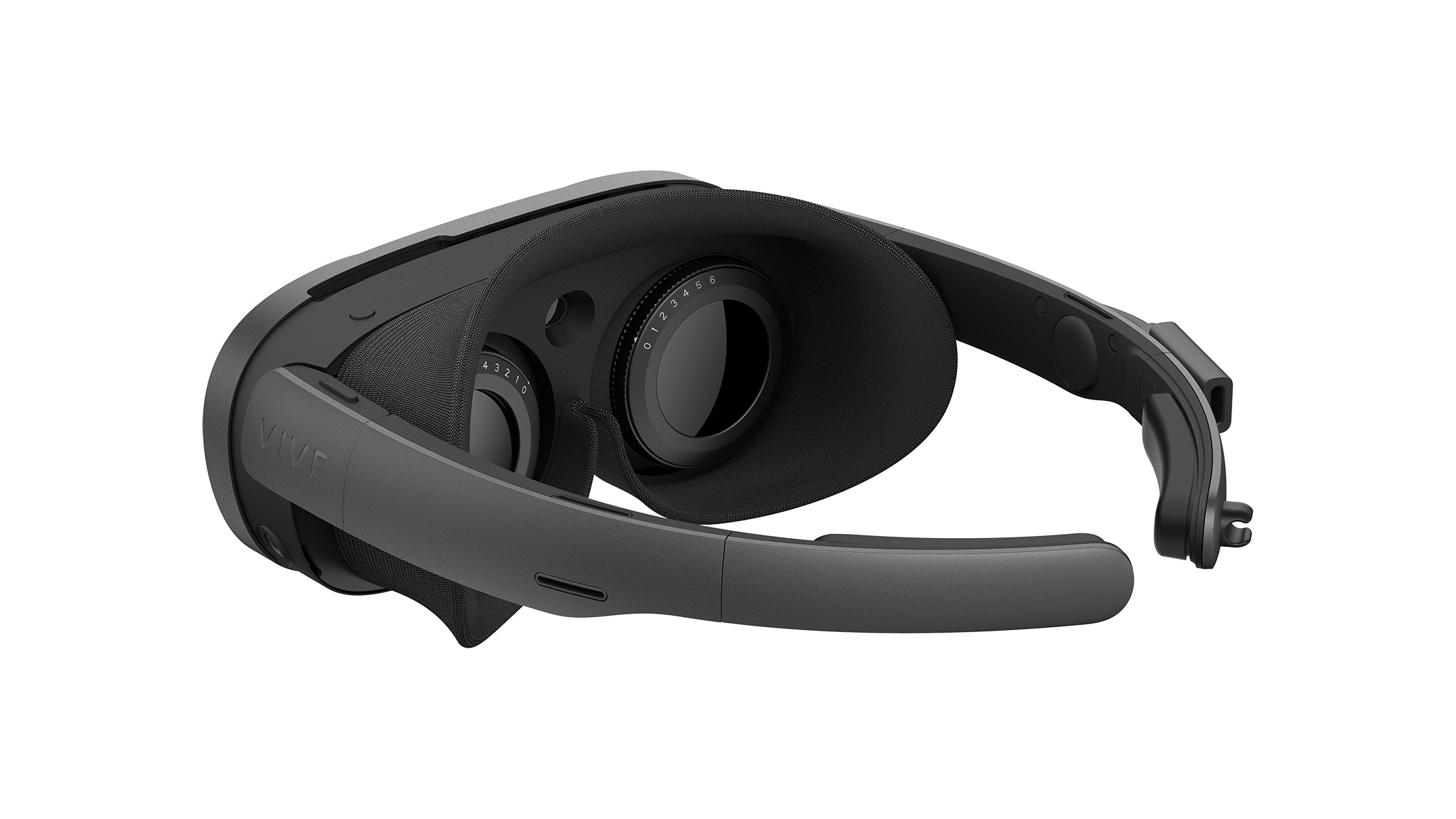
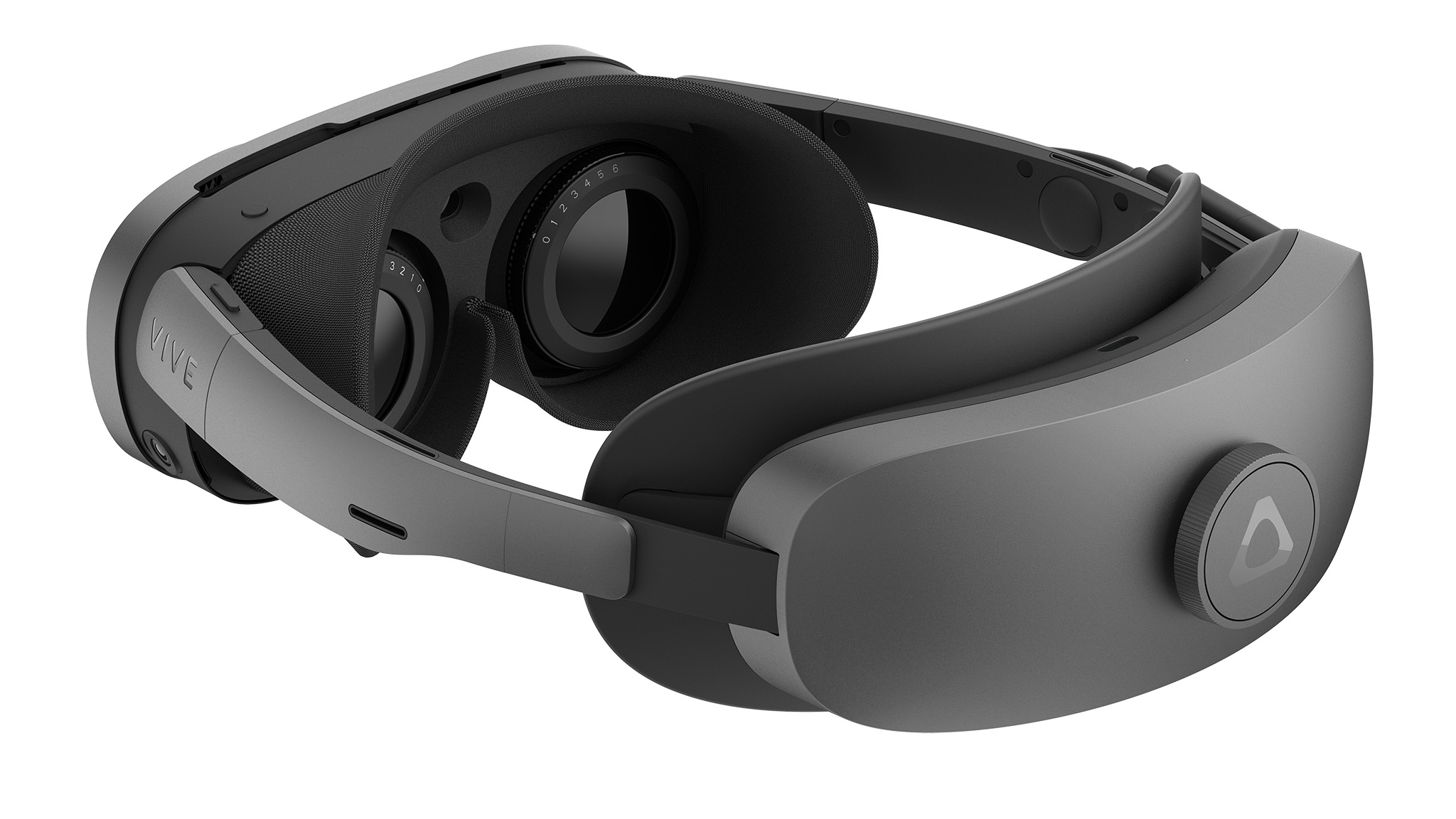

Not to be forgotten are the pancake optics which, once again, should present improved options over what Meta offers on the Quest Pro. In addition to the IPD adjustment slider on the bottom, the Vive XR Elite also offers diopter adjustment to help users with glasses. Yes, that means most users who rely on glasses won't need them when they use this headset. HTC even offers an on-screen guide to help you adjust your IPD and diopter settings to get the best clarity.
On the spec side of things, HTC's lenses offer a 110-degree field-of-view — that's a few degrees wider than the Quest Pro — while the LCD display offers 4k resolution and 90Hz refresh rate.
Under the hood is 12GB of RAM and a Qualcomm Snapdragon XR2 chipset which HTC says offers better performance than other VR headsets on the market. When I asked about this, O'Brien told me that HTC's expertise with phone design over the years enables it to create better thermal designs than other companies who are currently working in the XR space.
Vive XR Elite supports both USB-C connections to PCs and wireless communication via Wi-Fi — up to 6E speeds. The Vive XR Elite is launching with over 100 games and apps that are compatible with it and include support for Viveport, HTC's Netflix-like subscription service for VR games and apps.

